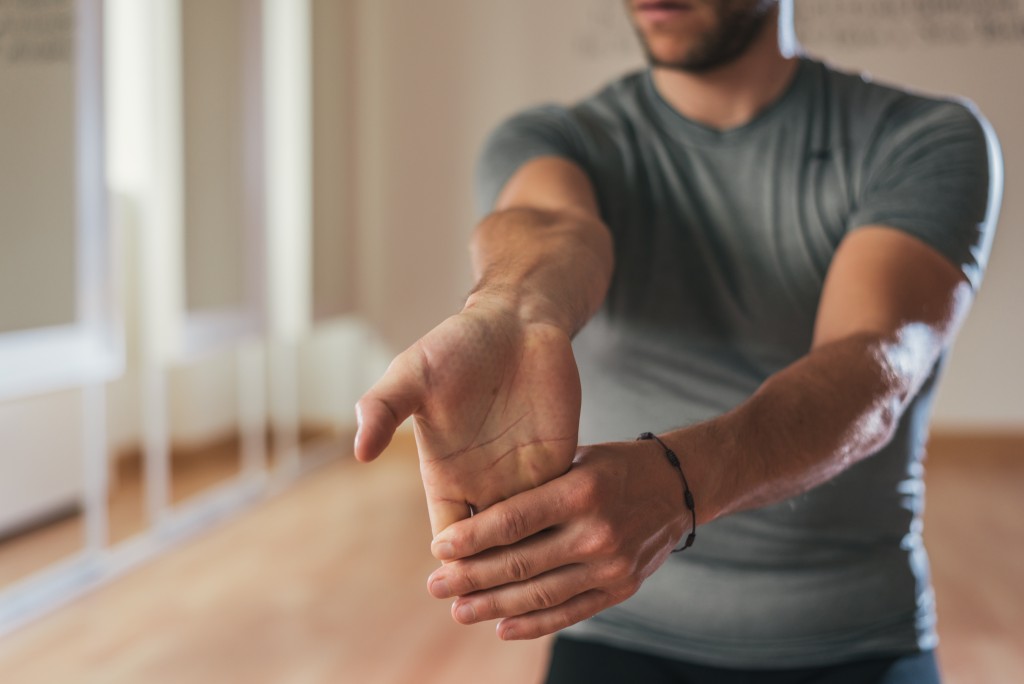We’re all familiar with the value of doing warm-ups before engaging in physical exercise. Schoolchildren go through a series of drills before their coach lets them play any sport. Whenever you watch professional sports, you’ll see teams and individual athletes engaging in similar routines before the first whistle.
Warming up gets you in the groove to execute various motions and prevents injury or undue strain. Yet a lot of people approach their warm-ups the wrong way or even skip them altogether. After all, when you only have an hour or two to spare for exercise, it can be hard to resist the temptation to rush. These techniques will help you slow down and give due focus to the proper warming-up of your muscles before the main workout.
Visualize the correct form
Our bodies move and apply force not through the isolated action of a few muscles but as a chain of related actions. Similar to how torsion springs maximize force by creating tension throughout the coil, your body needs to warm up every link in the chain of force to generate tensile strength. This is why professional coaches always emphasize the correct form. Even if you don’t have a trainer or buddy (or a mirror) nearby to spot any mistakes, the simple practice of visualizing the correct form will help initiate the engagement of the right muscle groups. Then, you can slowly go through the motions, using all the necessary muscles. You can also take it further by tuning your movements to your workout playlist, such as when running to maintain a steady pace.
Zip up your core
Have you ever struggled to squeeze a simple handgrip and figured that your finger strength needed some work? While that may be true, try gripping any object while firmly engaging your core, and you’ll probably notice an improvement.
Our core muscles serve as the ultimate anchor point of muscle movements. Almost any exercise becomes easier to perform when you engage the core, even the handgrip, which only seems to use our extremities. Classes like Pilates emphasize this, and you can achieve much smoother performance in any workout by zipping up your core during the warm-up. Focus on your sides, the back of the ribs, and the pelvic floor, and try to draw them together with each breath. This will improve your posture, strength, and mobility during any exercise.
Train your breathing

Breathing is something that we do naturally, without giving it much thought. But when we do pay attention to our breathing, it’s usually in response to something. This often happens during workouts when you’ve been exerting yourself and have started to breathe faster or deeper to supply more oxygen to the active body. Yet the mere act of breathing involves a powerful muscle — the diaphragm — and can be either synergistic or antagonistic to your movements.
Try exhaling during the concentric part of an exercise where maximum effort is required, and your effective strength will be lowered. Inhale, and you can increase it by up to 20%. Simply train your breathing during the warm-up, and eventually, it will become second nature for you to align your breathing patterns for optimum strength in movements.
With these techniques, you can change your approach to warming up and use it to gain strength and effectiveness throughout your entire workout.



